
 |
|
|
 |
||
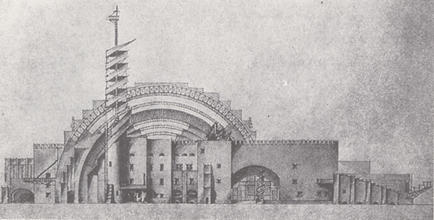 |
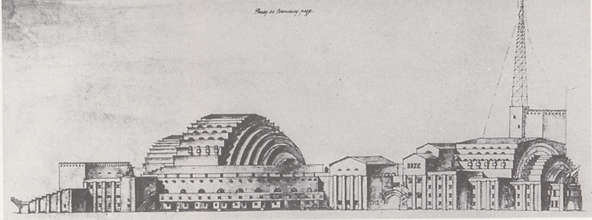 |
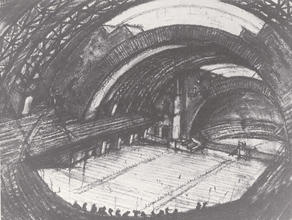 |
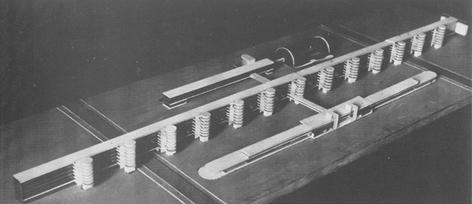 |
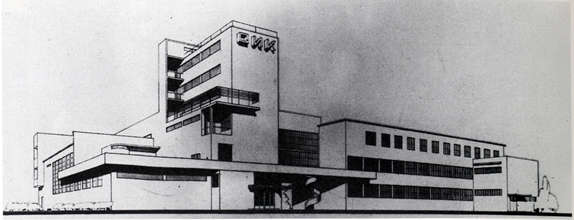 |
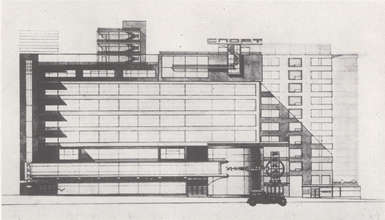 |
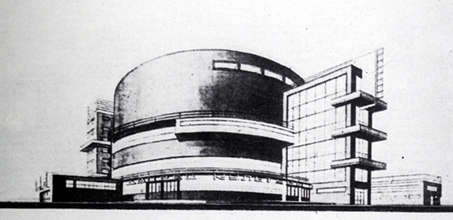 |
 |
|
Golosov gives great importance to clear distinction between 'mass' and 'form': 'mass' is the primary 3-dim shape devoid of all content;'form' is dependent upon the particular content and manifests in that content. 'Architectural Form' is the mass with specific meaning. Golosov differentiates between 'objective' and 'subjective mass'. The 'subjective mass' is a solid that not only supplies the nucleus of an architectural organism's general structure, but represents the compositional center in which the entire spatial concept is focused. An 'objective mass' always remains subordinate to the 'subjective mass'. |
 |
||
|
Pavilion for
Expo des Arts Deco in Paris - Project
|
|
|
|
|
|
Any architectural
structure can be regarded as a mass defining its position in space and
a form (or complex of them) bearing the imprint of a particular functional
character derived from its inner meaning:
'Mass' is a phenomenon the chief property of which is power, weightiness ... it can be contemplated independently of form... 'Form' is the expression of essence - the meaning of aparticular object. It marks out the limit of a phenomenon. Architectural form is the expression of architectural thought... One of the main conditions governing meaningful composition in architecture is an understanding of the properties of the configurations of masses or forms employed, in relation to their repose or movement, and inherent in them in accordance with their nature. Every structure as a whole has a dominant direction of movement of its own. Achieving harmony among masses in every structure means achieving harmony among all movements. |
| MELNIKOV | CONSTRUCTIVISM | Deconstruction | MODERN ARCH | Neo-expressionism | Support | Site Map |
 |